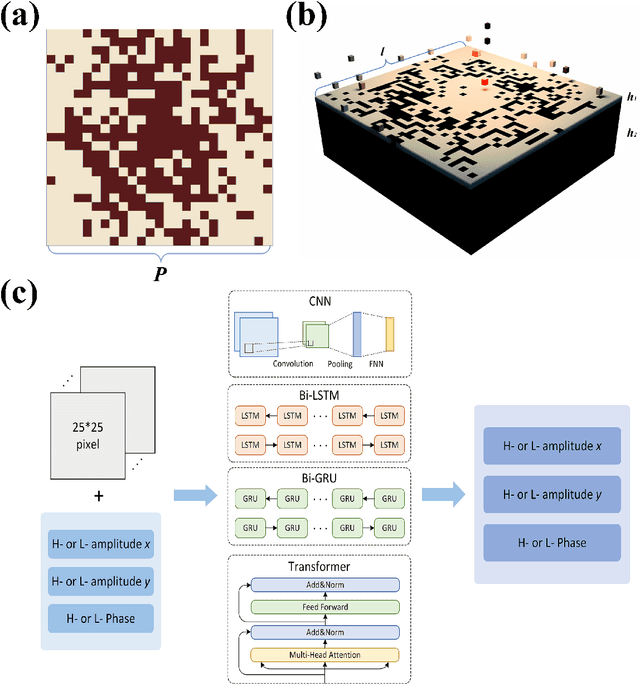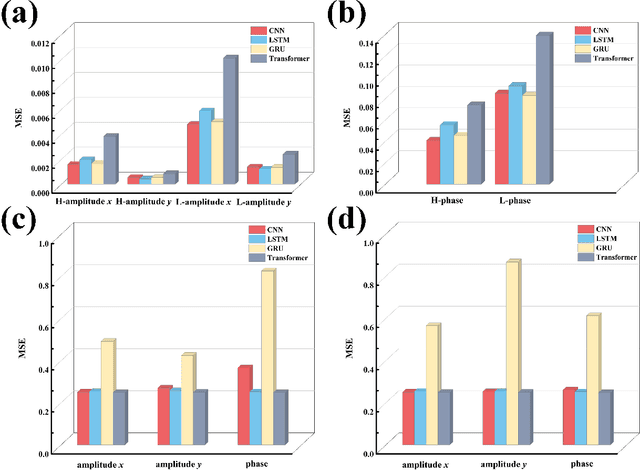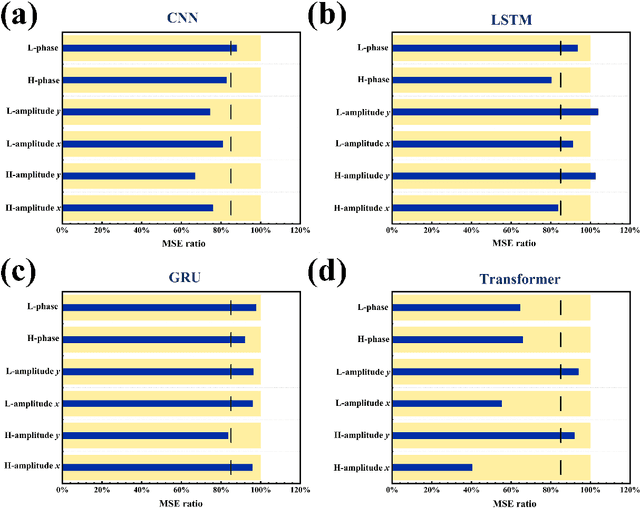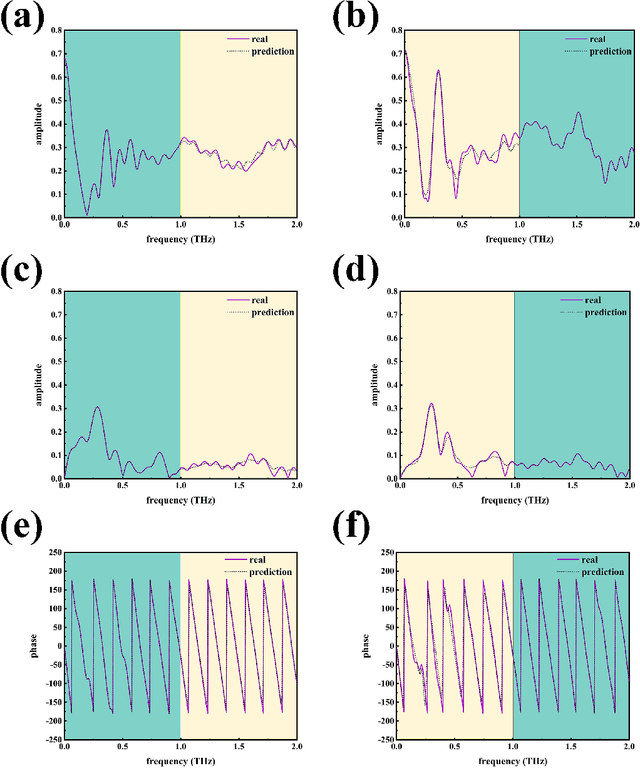Xiaohua Xing
AI-driven emergence of frequency information non-uniform distribution via THz metasurface spectrum prediction
Dec 05, 2023



Abstract:Recently, artificial intelligence has been extensively deployed across various scientific disciplines, optimizing and guiding the progression of experiments through the integration of abundant datasets, whilst continuously probing the vast theoretical space encapsulated within the data. Particularly, deep learning models, due to their end-to-end adaptive learning capabilities, are capable of autonomously learning intrinsic data features, thereby transcending the limitations of traditional experience to a certain extent. Here, we unveil previously unreported information characteristics pertaining to different frequencies emerged during our work on predicting the terahertz spectral modulation effects of metasurfaces based on AI-prediction. Moreover, we have substantiated that our proposed methodology of simply adding supplementary multi-frequency inputs to the existing dataset during the target spectral prediction process can significantly enhance the predictive accuracy of the network. This approach effectively optimizes the utilization of existing datasets and paves the way for interdisciplinary research and applications in artificial intelligence, chemistry, composite material design, biomedicine, and other fields.
 Add to Chrome
Add to Chrome Add to Firefox
Add to Firefox Add to Edge
Add to Edge